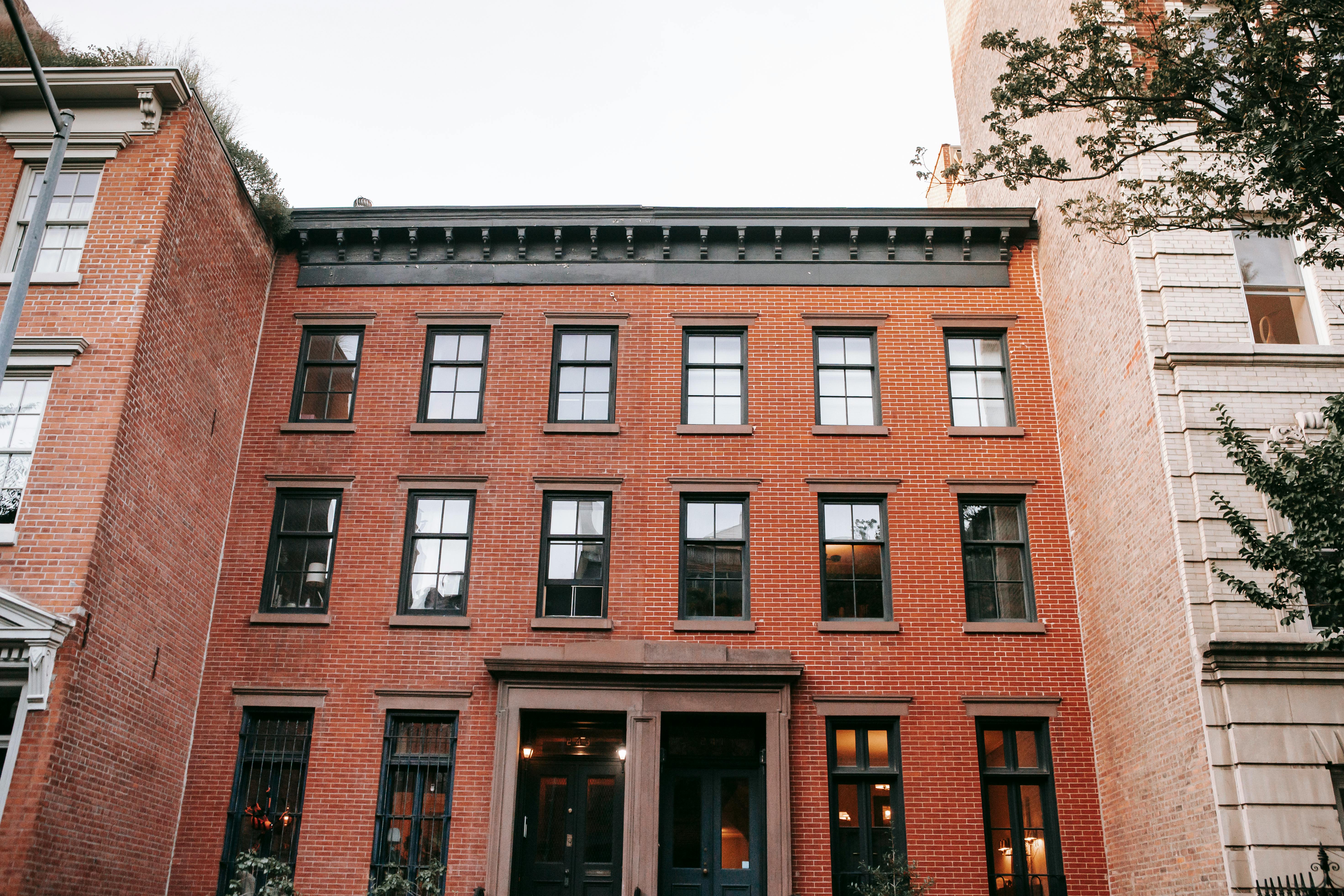
"Complete Guide to Modern Construction: Understanding Foundations, Facacades, and Beyond"
Introduction to Modern Construction
Modern construction is a vast, multifaceted field that blends innovation, technology, and traditional craftsmanship techniques. Every construction project from towering skyscrapers to comfortable homes begins with a detailed plan, followed by meticulous execution. This elaborate process encompasses different stages, from laying the foundations to erecting the façade. This guide aims to shed light on these intricate procedures and provides a comprehensive overview of the modern construction process.
Construction Foundations: Where It All Begins
The foundation - often overlooked yet crucial - forms the base for any construction project. It bears the entire load of the structure and not just withstands the building's weight but also counters environmental factors like wind and water. It's no wonder why engineers consider foundation work as paramount to a building's structural durability.
Future-proof foundations, essential for modern construction, involve choices between various types like pad, strip, and raft foundations. Each of these has specific use-cases. The selection depends on the structure's requirements, soil type, and environmental conditions. For instance, pad foundations support individual columns and are often used in residential buildings. In contrast, raft foundations distribute the overall load across a large surface area, making them suitable for soft or unstable soil conditions.
Building Superstructure: The Framework to Success
Foundations allow for the construction of the superstructure, with two primary methods being traditional brick and block or steel-frame method.
The tried-and-tested brick-and-block method remains popular for residential and small-scale construction projects. It involves assembling bricks and blocks to build walls, providing durability and cost-effectiveness. However, this method can be time-consuming and labour-intensive.
For large-scale projects, the steel-frame method or structural steel construction is often a better choice. This technique uses steel columns, beams, and trusses to create the building's skeleton. Speed, strength, and flexibility are key advantages of this approach. However, it requires advanced planning and highly skilled labor.
Modern construction melds these traditional methods with modern technology. For instance, prefabricated sections built off-site save time and reduce on-site labor requirements.
Construction Façade: The Building's Personality
Unquestionably, the façade is the most visible part of any building, significantly influencing its aesthetic appeal. It is akin to a 'skin' that covers the structural elements and forms the first line of defense against environmental elements. A well-designed façade balances aesthetics, environmental considerations, and structural integrity.
Façades range from traditional brick and mortar to glass, composite, and even metal cladding. The choice varies based on the building's purpose, location, and design philosophy. For example, glass façades are a favorite for modern commercial buildings, emphasizing open spaces and natural light.
The Dawn of Sustainable and Eco-friendly Construction
Presently, the construction industry faces an essential shift towards sustainability and eco-friendliness. Green construction implements energy-efficient designs, utilizes renewable material sources, and ensures minimal environmental disruption.
Green roofs, solar panel installations, rainwater harvesting systems, and eco-friendly insulation are just a few sustainable options. Furthermore, builders are exploring innovative materials like recycled plastic bricks and bamboo reinforcement, ultimately reducing carbon footprints.
Conclusion: Holistic View of Modern Construction
In conclusion, modern construction is a productive synergy between innovative technologies and traditional principles. From the solidity of the foundations to the aesthetics of the façade, each aspect is crucial in rendering a building safe, functional, and impressive. By adhering to sustainable practices, the industry has the opportunity to reduce environmental impact and conserve resources, embracing the future of construction practice. Understanding these factors can guide better choices, whether one is a professional in the construction industry or someone interested in building their dream home, educating each on the intricacies of the construction journey.